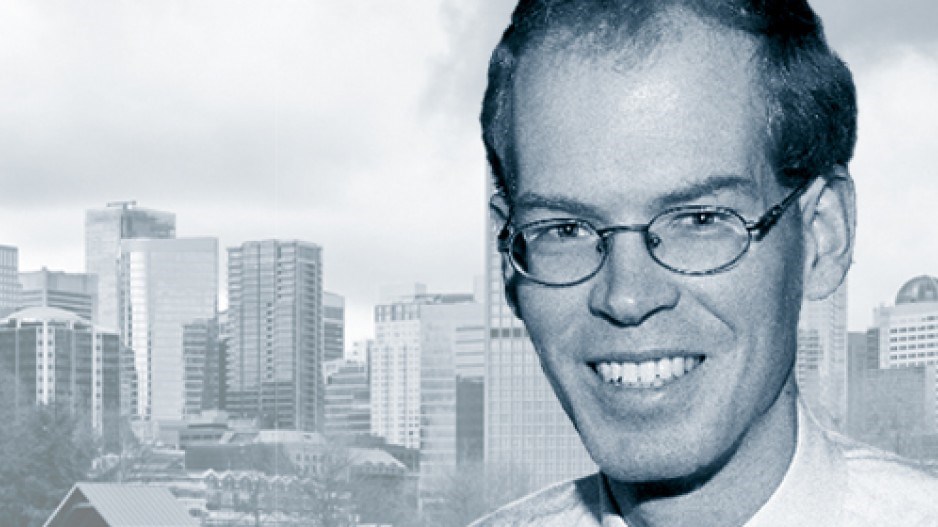In process
Approximately $6 billion worth of residential land traded hands in Metro Vancouver last year, according to figures compiled by Altus Group, and the region is again leading the way in 2017.
But don’t expect the transactions to alleviate the housing crunch any time soon.
According to Urban Analytics Inc., just 31 apartment and townhouse units were available for purchase at the end of March. This is an unprecedented dearth given demand in the local market, according to Urban Analytics, the Urban Development Institute and Scott Brown, president of Fifth Avenue Real Estate Marketing Ltd. in Surrey.
While speculators hoping to capitalize on the shortage are holding some of the land, keeping it out of the hands of developers, Brown believes municipal approval times are a bigger systemic issue.
While developers are well stocked with land, realizing projects remains tough. Often, a site acquired with no rezoning or other approvals could require two to three years to bring to completion.
“Continually, projects are stuck in this cycle of trying to get through municipal approvals,” Brown said. “I appreciate that municipalities are probably as busy [as] or busier than they’ve ever been, and they’re struggling to keep up, but it’s just exacerbating the affordability issues.”
Brown points to Maple Ridge, where slow approval times mean just one or two projects at a time are selling, creating a virtual monopoly lacking the competition that can yield pricing benefits.
Across the Fraser River in Langley, rezoning delays have forced Polygon to wait more than nine months to begin marketing an 800-unit project.
All told, Brown said less than a half-dozen wood-frame condo projects are being marketed in Surrey, White Rock, Maple Ridge, Langley and Abbotsford. This is a shift from two years ago, when at least a dozen projects were marketing, and prices have increased accordingly.
“There’s a pretty strong correlation between the fact that you’ve got hardly any projects marketing and your prices are up $100 a square foot,” he said.
Chinatown changes
Speaking of the cycle of municipal approvals, kudos to former city planner Nathan Edelson for his wit during the recent public hearing regarding rezoning of 105 Keefer Street.
“End the long night of the Beedie Living dead,” he quipped, referring to the six years Beedie’s residential division has sought a proposal that both embraces what the city permits and satisfies those who want to preserve Chinatown’s historic character.
Edelson was part of the city’s Chinatown working group in the early 2000s and supported relaxing height limits in 2011 to allow buildings of 90 feet; Beedie wants a further relaxation to allow a 12-storey tower.
The project won’t kill Chinatown if it proceeds, Edelson said, but he added that it’s not the right project for the location. The city would win more goodwill by relocating it after a civic process he characterized as an abuse of residents’ resilience.
The future of Vancouver’s historic Chinatown has long been debated, particularly as Richmond rose to prominence for a new generation of immigrants. Diminishing commercial activity in the region’s historic Chinatown followed suit – no surprise to University of Toronto sociologist Eric Fong, who spoke on the changing face of Chinatown at Simon Fraser University in June 2004.
Rick Lam, then chairman of the Vancouver Chinatown Revitalization Committee, remarked at the time that an influx of tourists after Expo 86 prevented Chinatown from declining faster than it has. He saw new development as a way to draw new residents who would renew the area.
“Without development, it’s not going anywhere,” said a senior speaking at 105 Keefer’s rezoning hearing.
But high-density development isn’t the answer, said Wilson Leung, a member of the Strathcona Residents’ Association. Leung pointed to Gastown, which he considers successful because it’s a destination whose existing form was respected rather than densified.•




